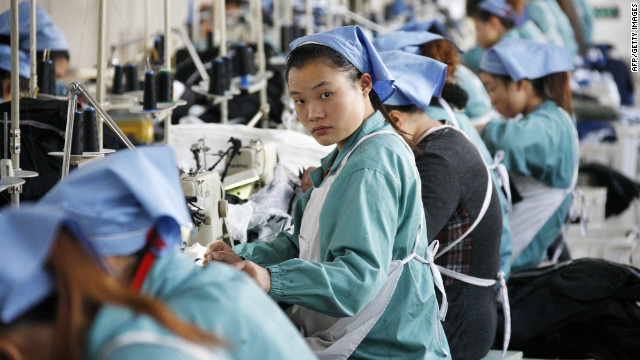J¨¹rg Rupp, Executive EditorIn the course of the financial nightmare in the last 12 months, the textile machinery manufacturers were heavily hit too. However, in recent times, some positive sings of recovery have appeared on particular markets. Today, the recovery of Singapore is reported, but the textile industry also is sending out some good news: The Rupp Report was informed by Belgium-based weaving machinery manufacturer Picanol NV that it recently shipped its 50,000th weaving machine based on its versatile Sumo SUper MOtor. The Rupp Report asked Picanol's marketing communications manager, Erwin Devloo, what it takes to be successful with this motor.
Reasons Why Since 2000, all Picanol weaving machines have been equipped as standard with the Sumo main motor. Up to now, they have been sold to more than 1,400 customers. The motor is a switched reluctance motor. This type of motor has wound field coils for the stator windings, as in a direct current motor. The rotor, however, has no magnets or coils attached. The motor drives the machine directly without belt transmission or clutch and brake. Its speed is variable and is electronically set and controlled. Its direct-drive technology swept away a whole lot of difficulties and costs related to the older technology. It replaced, namely, the asynchronous motor and clutch combination. A greatly simplified drive train reduces the number of gears, bearings and sealing rings by a factor of 40 percent and results in 25-percent lower energy consumption, Devloo explains. Eliminated wearing parts in the drive train further reduce the maintenance cost by 20 to 40 percent, as there are no more V belts, timing belts, chains, friction brakes, clutches, frequency converters, cooling fans or auxiliary motors for slow motion. Savings Crossing timings are set from the display, and no pulleys need to be changed in order to switch to another machine speed. With the Sumo, the intermediate gear between motor shaft and harness drive can be disconnected while the motor slowly turns a couple of degrees forward, changing the crossing timing while engaging again. It is said to take just 14 seconds, compared with some 20 minutes using the old technology. The same applies to speed changes, which are carried out from the display immediately, whereas changing speed pulleys takes more than 15 minutes at best. Furthermore, Devloo explained, it is possible to program the speed according to the weave pattern, opening up a wide range of possibilities to improve weaving efficiency and productivity. The machine is able to determine its own optimum speed, depending on insertion parameters, thus increasing productivity by at least 5 percent. The machine always stops at the same preset position, regardless of pattern, thanks to the increasing or decreasing power during stopping. This technology reduces spare parts costs. There is no need for slow motion, slow-motion chains, pickfinding motors on the dobby or expensive frequency converters. The technology further reduces the heat load of the weaving room by connecting the oil circuit to a water cooling unit. Up to 60 percent of the heat from the machine can be evacuated outside the weave room at low cost, making it possible to reuse the existing air conditioning installations designed for older, and slower, machines. Fewer Yarn Breaks And Marks On an ordinary rapier weaving machine, Picanol says, let's say a six-color pattern contains one weaker yarn, which determines the machine speed, and the other five wefts run at the speed of the weaker yarn. With the Sumo, on the other hand, this single weft is treated gently at a lower speed, and after its insertion, the machine returns to full-speed production. The motor runs from slow motion to top speed using simple electronic control: no more pulleys are needed. With a normal frequency inverter, the speed variations are limited to about 20 percent. On the other hand, there is no unwanted variation in pick density anymore. The motor also eliminates the occurrence of starting marks. The electronic control makes it possible to manage the characteristics of the motor during start and stop. Last, but not least, Devloo says, inverters are said to be slow compared to the Sumo, and relatively expensive to use. An inverter consumes about 10-percent more energy while it is activated and another 10 percent compared to a conventional motor with frequency inverter. |
|
The Rupp Report: Successful Weaving Machinery
Updated: 2009-10-16 Source: Textile World Asia

Recommended News
Photo Gallery
Most Popular



